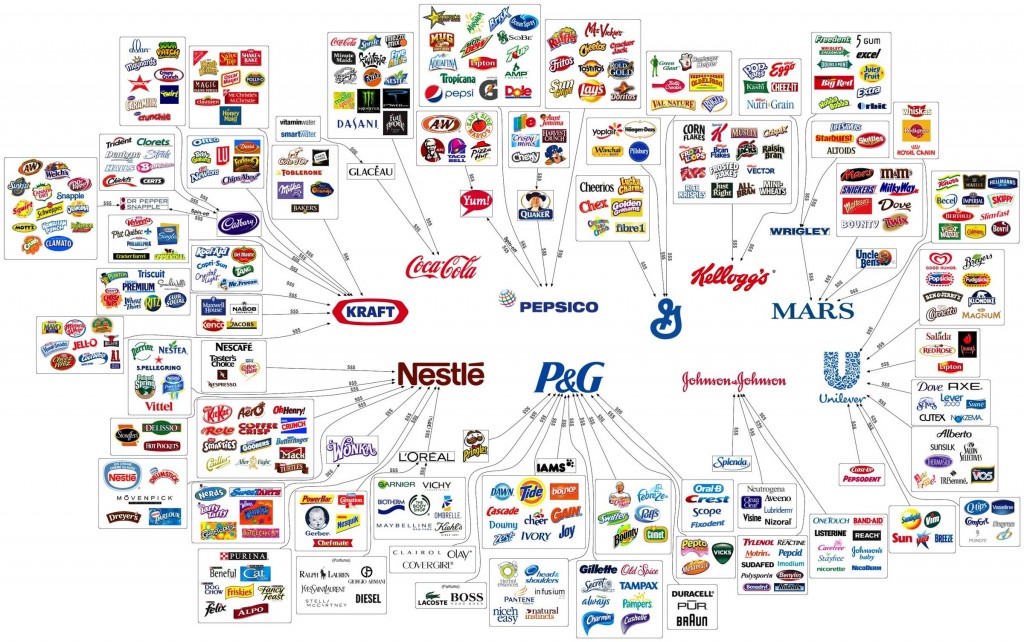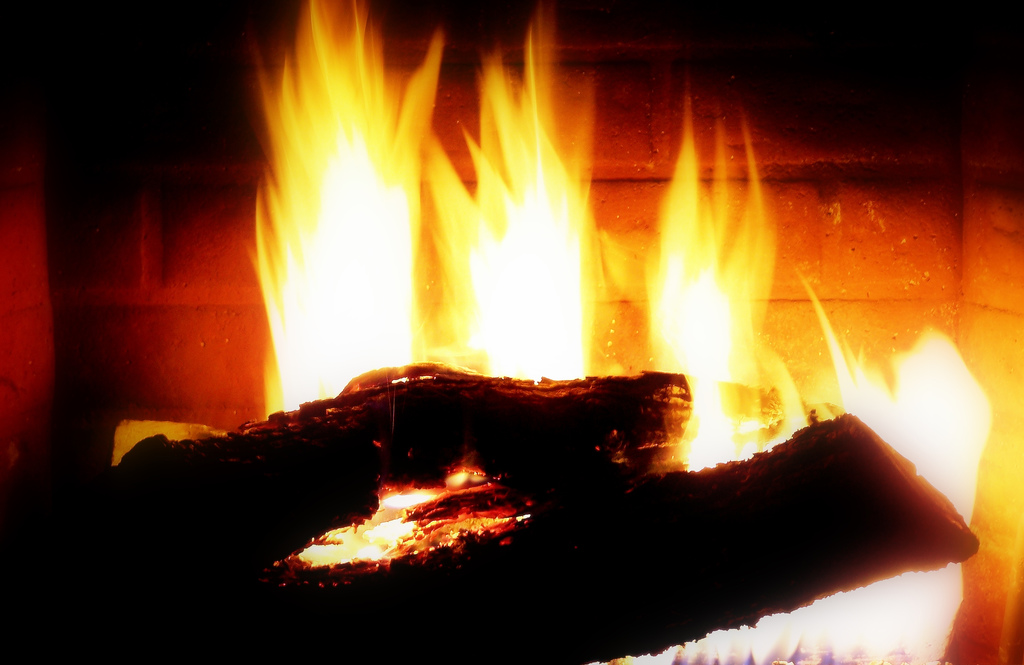I absolutely love sitting in front of a roaring fire on my comfy leather couch, a dram of whisky in my hand and a few hours to rest and relax. There’s something about flickering of the flames, the hint of firesmoke complementing the whisky, and having not a care in the world… for at least a few hours.
If you have a fireplace and haven’t yet enjoyed the marriage between a fire and whisky, you’re missing out. Starting a fire doesn’t have to be hard and it doesn’t have to take a lot of time.
Preparing Your Fireplace
First things first, let’s get your fireplace and chimney ready for a fire.
- Inspect, clean, and clear your chimney. If you’ve never used your fireplace before, you should get your chimney inspected. If you bought your home, you had it inspected and should have a report about it from the inspector. Sometimes chimneys are simply ornamental, because they’ve been sealed, and you’ll want to know that before you start a fire! If your chimney is operational, you’ll want to make sure it’s been swept and cleared of debris before you start a fire.
- Clean up your firebox. The firebox is the area that holds the fire itself, you’ll want to tidy that up a bit but clearing away some of the ash from previous fires. You want to leave a little bit of ash, about an inch or so, because it’ll insulate your fire, but don’t leave too much. Periodically clear out debris and discard it.
- Open the damper and prime the flue. The damper is essentially the door that closes your fireplace, and home, from the elements. The flue is duct the inside of the chimney. To open your damper, you may have to turn a knob in front of your fireplace or reach inside and push it open. Make sure it locks in place. If it’s closed, you’ll smoke yourself out of your home. Priming the flue just means lighting a small bit of paper so the smoke and heat rises, clearing out the cold air inside the flue (hot air rises, cold air falls… pushing back into your home) – depending on whether or not your chimney has a smoke shelf (this deflects downdrafts and rain from above), this may not be necessary.
Now you’re ready to start a fire!
30 Second Firewood Guide
The key to a successful fire is to have seasoned wood. Seasoned simply means it’s been sitting around for 12-18 months and had a chance to dry out. If it hasn’t had a chance to season, if it’s “green” wood, then your fire will have to work even harder to stay at the right temperature. The heat is being used to boil and “dry out” the wood, which is heat it can’t be used to keep you warm or maintain itself.
Each pound of wood generates the same amount of heat, hardwoods are simply denser and thus contain more heat. This makes sense because all wood is the same chemical composition, some woods are simply denser. If you’re not using a fireplace for heat, and it’s mostly for fun and looks, a denser wood means you have to add fewer logs and can enjoy the fire longer. (fireplaces aren’t great heat sources anyway)
If you can find dogwood, holly, birch, oak, hickory, apple, or maple – you’re in pretty good shape. Here’s a list of firewoods and their BTUs, just to get an idea.
If you’re out collecting wood, be sure to collect a decent amount of kindling too. You’ll need this to start a fire.
Starting a Fire
My favorite way to start a fire is known as an upside down fire, which I was turned onto by Tim Ferriss. The premise is simple, take large logs and layer the bottom of your fireplace. Put smaller logs and put those on top of the larger logs. Follow that up with kindling and leaves and newspaper, basically anything easily combustible. He used firestarter squares or sticks, that’s the best alternative if you don’t kindling.
The idea behind this is that the material burning at the top will burn into embers. Those embers just burn onto the layer below. Hot embers resting on dry wood is a recipe for more fire. Your layers must have no gaps for the embers to fall through, so pack them in tight.
The hidden benefit to this strategy? No maintenance.
Here’s a video about it:
In fact, you shouldn’t do anything to it because it manages itself and you’ll just mess it up. 🙂



